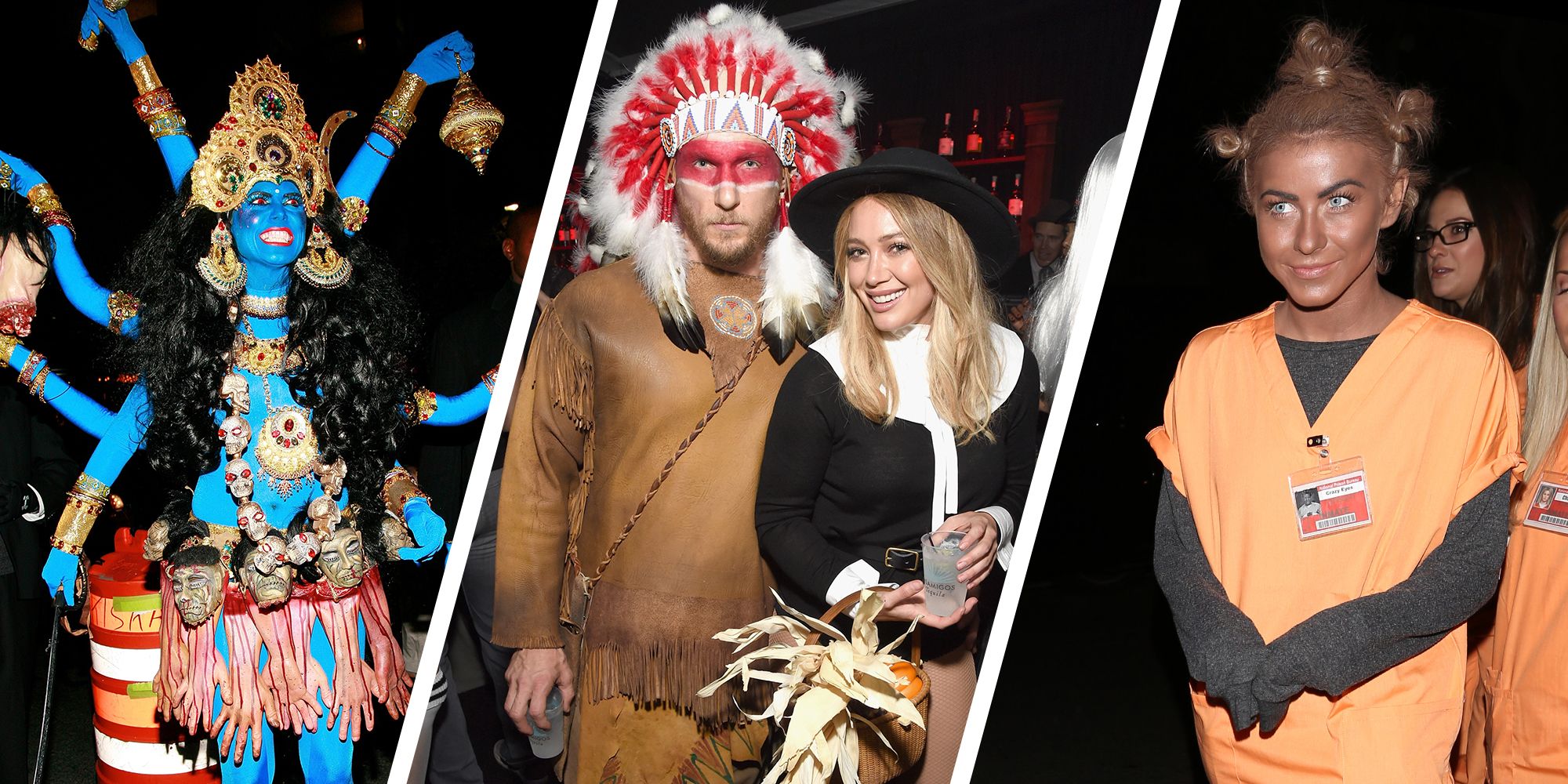For a long time, the topic of cultural appropriation in any way or form has been hotly debated. There is a range of opinions from “Cultural Appropriation doesn’t exist” to “It is blown out of proportion” to “It is unacceptable” and everything in between.
Every time a person of one culture or race wears a piece of clothing or hairstyle from a different culture or race, they receive immediate backlash for cultural appropriation from the internet or even the people around them. Many celebrities have been cancelled from their scheduled events because of this backlash.
Popular Opinion: Cultural Appropriation is unacceptable.
The popular opinion is that the traditional clothing, hairstyle, etc., of one culture should not be worn by people of a different culture to protect its purity and prevent its exploitation. This means that a non-Japanese person should not wear a traditional Japanese Kimono. Or a non-Korean person should not wear traditional Hanbok. Or a non-black person should not braid their hair and make dreadlocks.
The argument here is that people of one culture or race can simply wear it for ‘fashion’ and remove it whenever they want. It is not the same for the natives of that culture since it is their identity. People of the said different culture are applauded for wearing the clothing or hairstyle while natives of that culture have suffered greatly for long for doing the same! And this is simply not fair.
Simple enough, right?
Not really.
Many people say that cultural appropriation doesn’t exist. This means that a white person wearing dreadlocks, a Spanish native wearing a saree or a Russian wearing a Kimono is nothing wrong! The argument here is that culture is not a persons’ property to steal. It can not be taken away from a culture and thus, it is not exploited by people of different culture wearing it.
Another angle to this issue is that it does exist, it is also unacceptable but it is often blown out of proportion. The argument here is that any person can wear anything from any culture as long as it is not meant to disrespect or mock the culture.
This means that a non-black person can wear braids or dreadlocks as long as it is not meant to stereotype black people and degrade them. For example, the infamous ‘blackface’ wherein non-black people are shown to be black with makeup for no relevant reason. But wearing braids as such is not cultural appropriation in and of itself.
There have been numerous incidents where people have intentionally or unintentionally committed the act of cultural appropriation and faced massive backlash for it.
This topic is especially debated at the time of the kid-favourite holiday of Halloween. Many parents are hesitant or refuse to let their kids dress up as a character or superhero of a different race than them in fear of appropriating their culture.
The question: “Can white kids dress up as superheroes and characters of colour for Halloween?” has long been the elephant in the room which people were hesitant to address. This leads to either not dressing up as your favourite superhero for Halloween or complete ignorance of a culture that ends up unintentionally making a mockery out of it.
Cultural appropriation is defined as unacknowledged or inappropriate adoption of customs, practices, ideas, etc. of one group of people in society by members of another and typically more dominant people or society.
By the definition, it seems quite clear that white kids, being the privileged and dominant race, cannot dress up as characters of colour such as Moana and superheroes such as Falcon or the beloved Black Panther.
But is this all there is to the story of cultural appropriation?
Of course, not!
The whole point of a kid wanting to dress up as Moana or Black Panther is that they admire them. They look up to those characters and superheroes not because they are of colour, but because they find in them what they want to be.
Of course, representation in media is extremely important to let people of colour know that their existence is acknowledged and appreciated. However, the kids don’t walk around with a checklist looking for role models who are of a certain ethnicity, speak a certain language and have a certain culture.
The kids, children and tweens are isolated from any discrimination of their friends of a different culture, race or ethnicity. They do not see the racial difference as strongly as adults and most teens do. When they make a black friend, all they see in that child is a new friend to play with.
Therefore, dressing up as Moana, Black Panther or any other superhero or character of a different ethnicity is perfectly fine as it is only a sign of admiration and open-mindedness on the kids’ part. It shows that they are free of any racial, ethical or cultural discrimination. If anything, it will foster open-mindedness in the long run.
In my point of view, cultural appropriation is almost always blown out of proportion. For example, the cultural appropriation that Beyoncé was accused of and hated for was cultural appreciation. I, as an Indian, can say that it was great exposure of Beyoncé including the dark-skinned south Indian beauty as well as showing the Indian traditional clothing as an act of appreciation.
Lastly, when you think about it, cultural appropriation is like fighting racism with more racism. It is like saying that you cannot eat Chinese food because you aren’t Chinese, or that you can’t wear a certain piece of clothing because you are of a certain culture/race/ethnicity.
Examples of Cultural Appropriation: https://youtu.be/uUCrK4aQOlg In this video, Lee Hyori, a famous South Korean singer, performs her song “White Snake”. However, she is seen dancing inappropriately to Gayatri Mantra which is a sacred prayer in Hinduism. This is disrespectful and unacceptable since the Gayatri Mantra is sacred and sentimental to Hindus and the singer used it with no regard to its context.
Here, the K-pop girl group, BLACKPINK uses the statue of the Hindu God Ganesh as an aesthetic in their music video. This is again a complete disregard to the context of Hinduism as well as its sentimental value to the Hindus since it is used as nothing but a prop. The popular group received massive backlash and the statue has since been edited out of the music video but there has been no apology made or an official statement released regarding the issue.
This is the infamous ‘blackface’ from an old Bollywood movie. The background dancers despite being non-black were made to look black with the help of make-up for absolutely no reason. The recently discovered ‘brownface’ has also sparked some controversy among fans and general movie-goers. ‘Brownface’ is where actors and actresses are shown to look darker than they are for the sake of the characters who are poor or from a lower status. This, implying that dark-skinned people are either poor or people of a lower-status is society.
This is mostly seen in more recent movies of Bollywood rather than the older ones. Some examples of the ‘brownface’ are Bhumi Pandekar’s character from the movie “Bala”; Ranveer Singh’s character from “Gully Boy”; Alia Bhatt’s character from “Udta Punjab”.
Cultural appropriation is said to be “nothing new” in the fashion industry.

